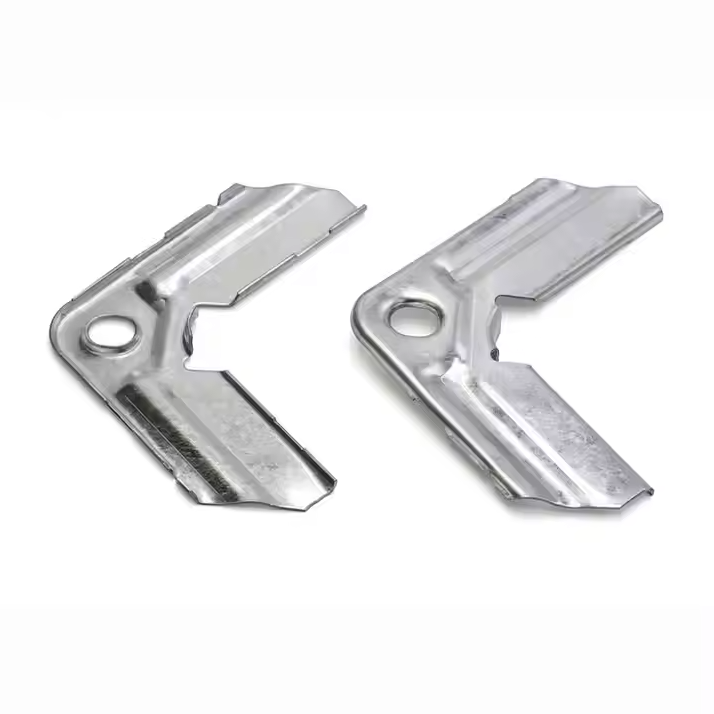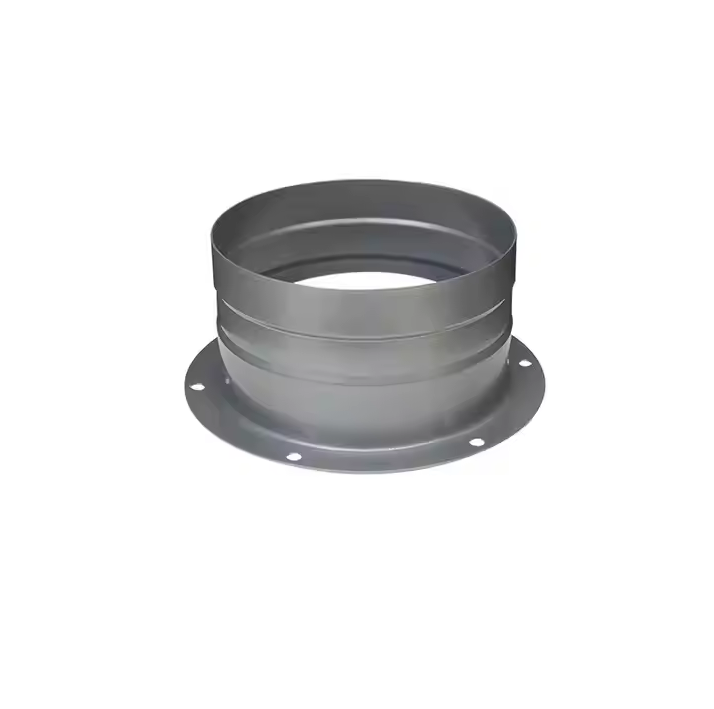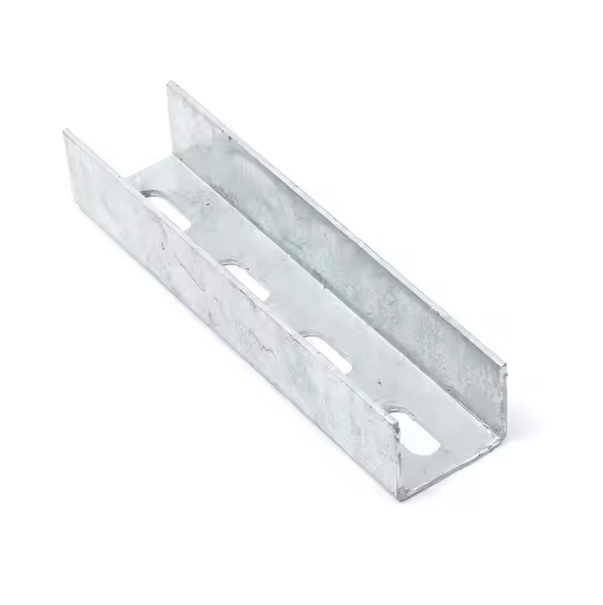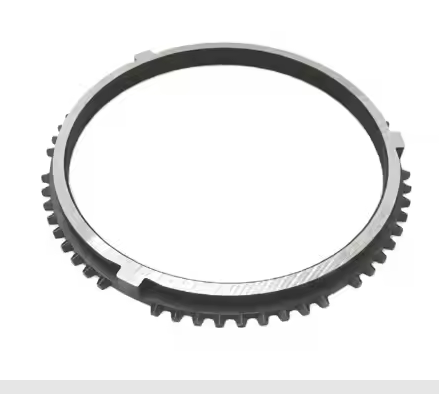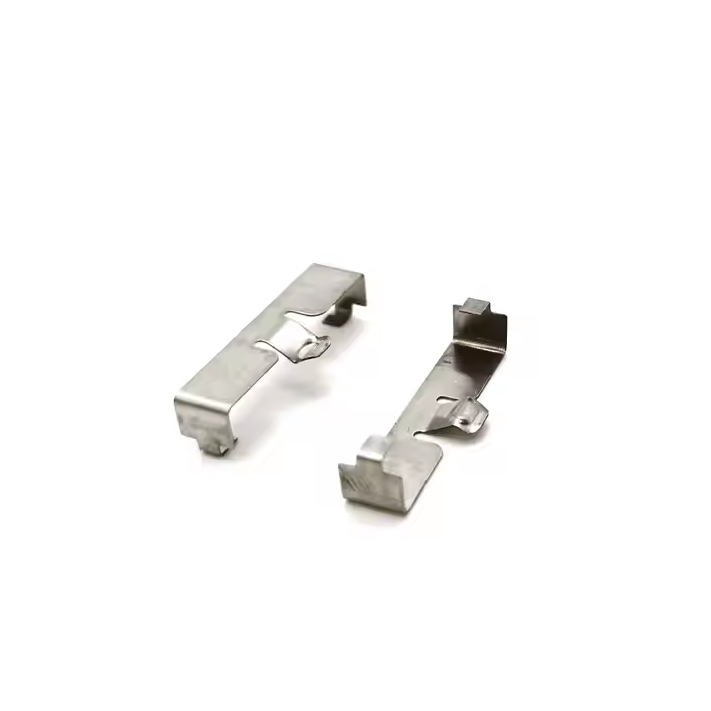As materials science continues to develop, ultimate tensile strength, as a core indicator for measuring material performance, has a profound impact on product quality and technological innovation in various industries. From the stability of building infrastructure to the safe flight of aerospace vehicles, the ultimate tensile strength of materials is a key consideration.
Ultimate tensile strength concept
Ultimate tensile strength refers to the maximum tensile stress that a material can withstand during the process of stretching to fracture. When an external force acts on a material, the material first undergoes elastic deformation, and the stress is proportional to the strain; as the external force increases, it enters the plastic deformation stage, and even if the external force is removed, the deformation cannot be completely restored; until the ultimate tensile strength is reached, the material finally breaks. This strength value is measured in MPa (megapascals), and the higher the value, the better the tensile performance of the material.
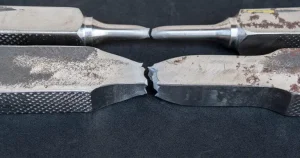
Extreme stretching process
Raw material pretreatment
Selected raw materials are strictly screened and inspected to remove impurities and ensure uniform material composition.
Forming process
Select the appropriate forming method according to material characteristics and product requirements. For example, metal materials can be forged, rolled and other processes to give the material the desired shape, while improving the internal structure and mechanical properties.
Heat treatment strengthening
The crystal structure and organizational morphology of the material can be precisely controlled through heat treatment processes such as quenching, tempering and annealing.
Advantages and Disadvantages of Ultimate Tensile Strength
Advantages
Ensure product safety
Materials with high ultimate tensile strength can withstand greater external forces, reducing the risk of safety accidents caused by product breakage during use.
Extend product service life
The material has a higher tensile strength, which can reduce fatigue damage caused by long-term stress, extend the service life of the product, and reduce maintenance and replacement costs.
Disadvantages
High processing difficulty
Increasing the ultimate tensile strength often requires complex processing technology and strict quality control, which increases production difficulty and cost.
Increase in material brittleness
Some treatments that increase the ultimate tensile strength, such as quenching, may increase the brittleness of the material and make it easy to break when subjected to impact loads.
Application fields of extreme tensile strength
Construction industry
Steel used to build large-scale building structures such as high-rise buildings and bridges requires high ultimate tensile strength to withstand huge static and dynamic loads and ensure the stability and safety of the building.
Automobile manufacturing
Key parts such as the body frame and chassis of the car use high ultimate tensile strength materials, which can reduce the weight of the car body while improving the collision safety and handling performance of the vehicle.
Aerospace
The fuselage, wings, engine parts, etc. of the aircraft need to work under extreme conditions, and the ultimate tensile strength of the material is extremely high to ensure flight safety and stable performance.
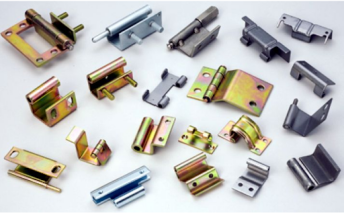
Ultimate tensile strength plays a pivotal role in material applications. Despite problems such as processing difficulty and brittleness, its application prospects will be broader with the continuous advancement of technology. Xuanmin will also continue to explore and innovate and continue to deepen its research in this field.
